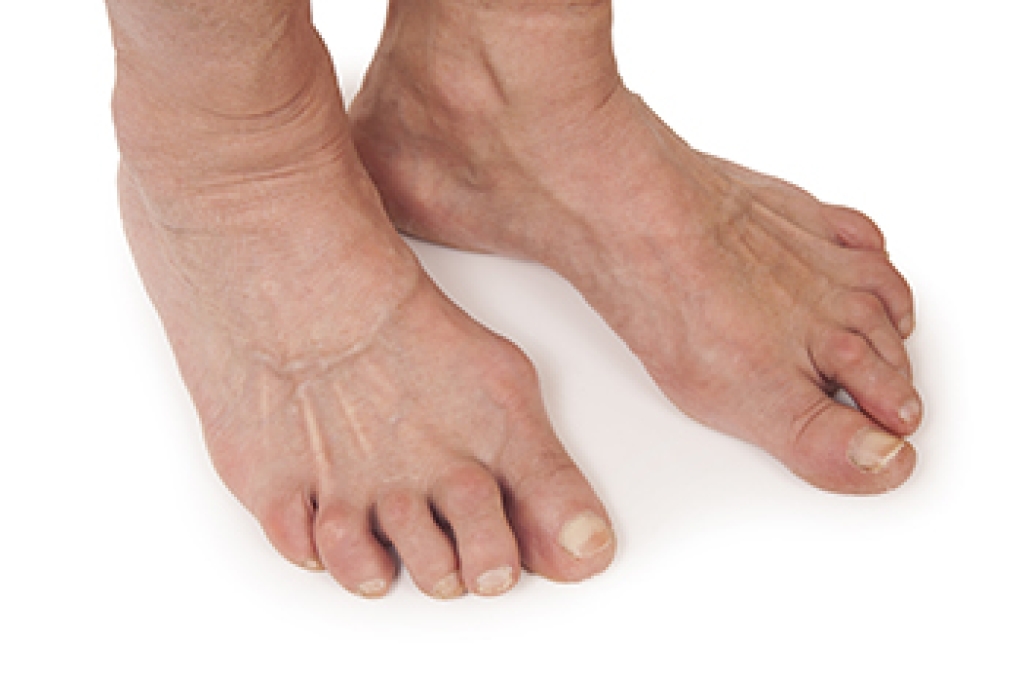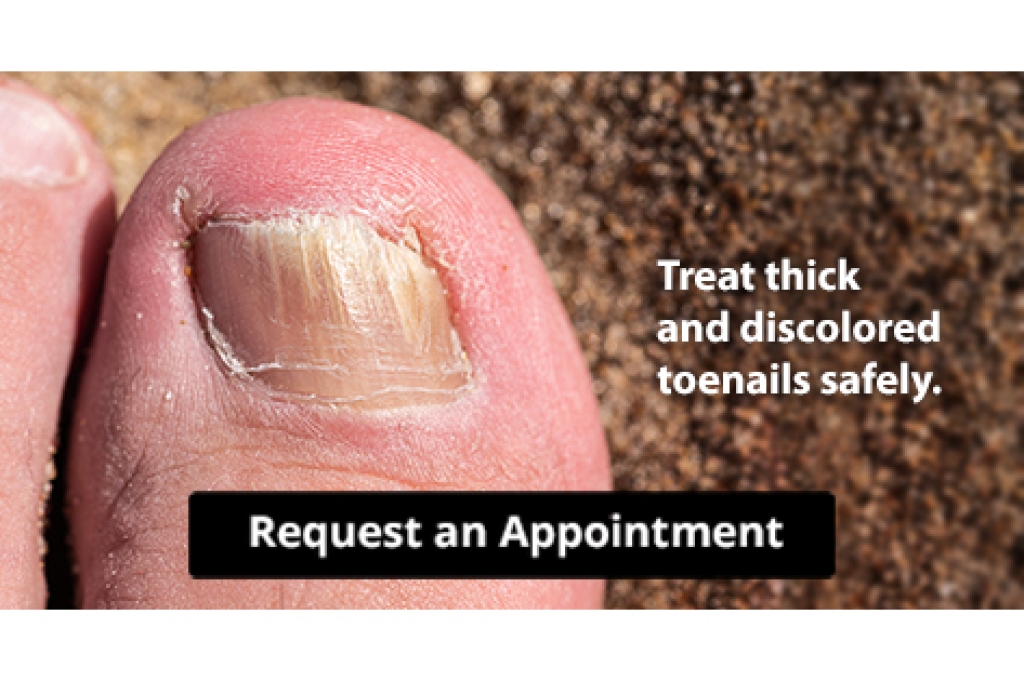
Rheumatoid arthritis can have a serious effect on the feet, often causing ongoing pain and changes in the way the joints move. The toes and the ball of the foot are frequently affected, leading to problems like bunions, claw-like toes, or joints that shift out of place. These changes can make walking difficult, and may create painful pressure spots or thickened skin on the bottom of the foot. The inflammation that comes with rheumatoid arthritis can weaken the support structures in the feet, which may lead to balance and instability problems. The ankles can also be strained by rheumatoid arthritis as the body tries to adjust to changes in posture and walking patterns. A podiatrist can evaluate these issues, help manage the discomfort, and discuss treatment options to improve mobility and reduce pain. If you have foot or ankle pain caused by rheumatoid arthritis, it is suggested that you schedule an appointment with a podiatrist for an exam and appropriate treatment.
Because RA affects more than just your joints, including the joints in your feet and ankles, it is important to seek early diagnosis from your podiatrist if you feel like the pain in your feet might be caused by RA. For more information, contact James Tyler Vestile, DPM of Foot and Ankle Centers of Indiana. Our doctor will assist you with all of your podiatric concerns.
What Is Rheumatoid Arthritis?
Rheumatoid Arthritis (RA) is an autoimmune disorder in which the body’s own immune system attacks the membranes surrounding the joints. Inflammation of the lining and eventually the destruction of the joint’s cartilage and bone occur, causing severe pain and immobility.
Rheumatoid Arthritis of the Feet
Although RA usually attacks multiple bones and joints throughout the entire body, almost 90 percent of cases result in pain in the foot or ankle area.
Symptoms
- Swelling and pain in the feet
- Stiffness in the feet
- Pain on the ball or sole of feet
- Joint shift and deformation
Diagnosis
Quick diagnosis of RA in the feet is important so that the podiatrist can treat the area effectively. Your doctor will ask you about your medical history, occupation, and lifestyle to determine the origin of the condition. Rheumatoid Factor tests help to determine if someone is affected by the disease.
If you have any questions, please feel free to contact our office located in Tipton, IN . We offer the newest diagnostic and treatment technologies for all your foot care needs.




